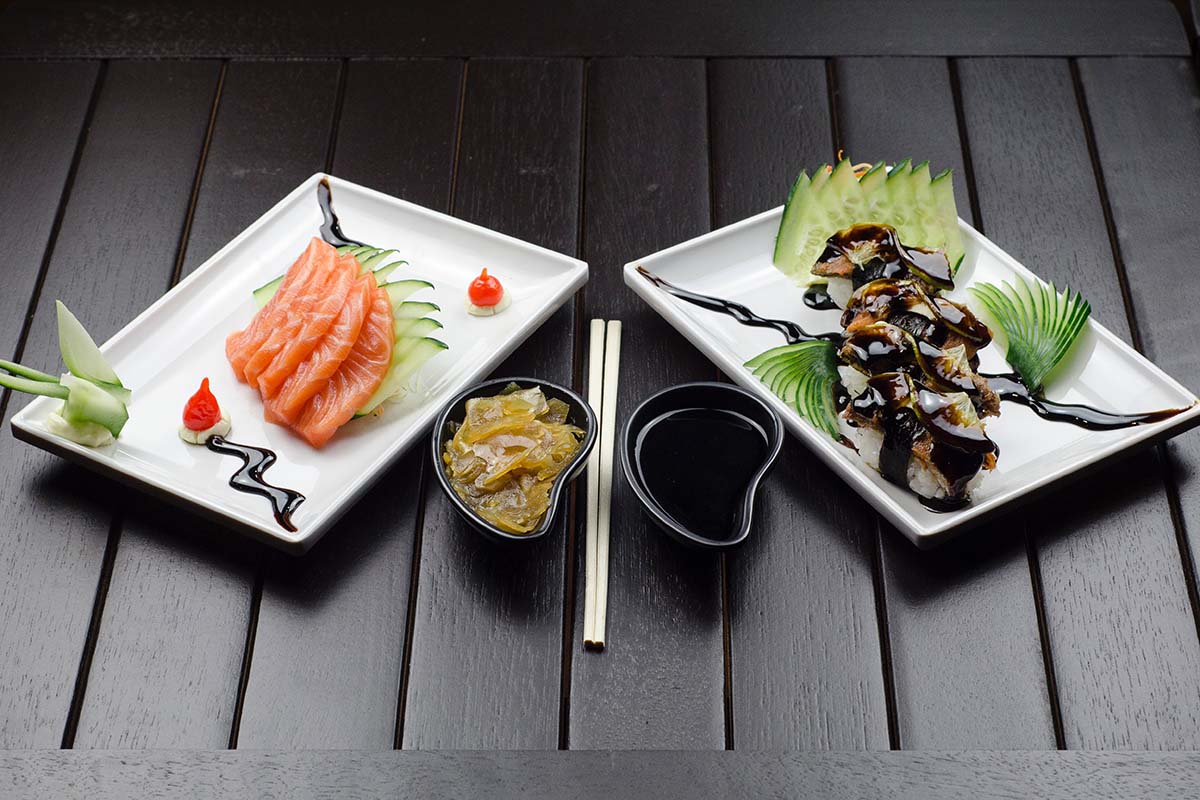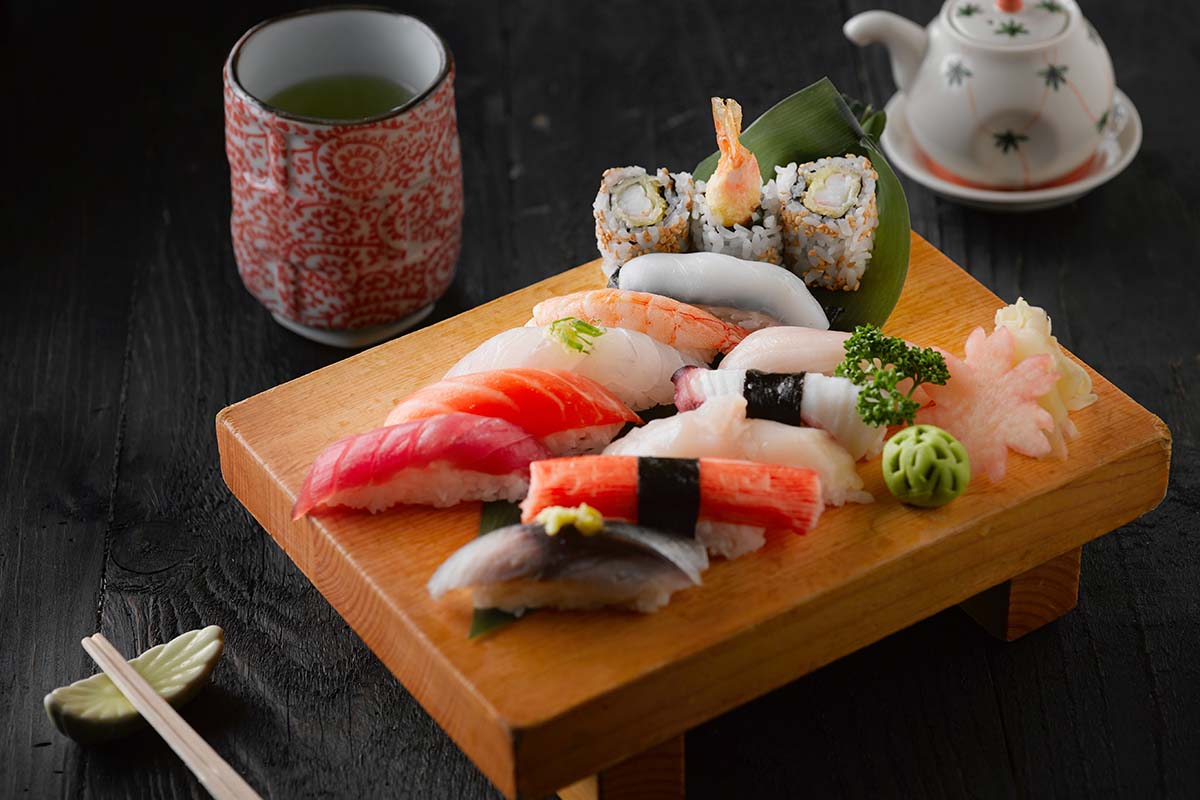Tips For Finding Sushi Grade Fish
Finding sushi grade fish can be difficult. You need to be sure that you buy the freshest, highest quality, and best-tasting fish. The best way to do this is to know what to look for and how to judge if the particular fish you are buying is sushi grade.
Ask about the source of the fish, it’s handling, and how it is graded. You should also inspect the fish before buying it. Fresh fish should smell like the sea and should be firm, not flaky. If it smells fishy, looks slimy, or the meat is flaky, it’s best to pass on it.
When buying sushi grade fish, you want to ensure that the fish is fresh and appropriately handled. In addition to being new, sushi-grade fish also needs to be transported in ice and below 41 degrees Fahrenheit to maintain its quality.
Contents
Questions to ask a fishmonger
When shopping for sushi grade fish, it’s important to ask what is the best fish. Some fish will fall apart if they’re too old or look slimy, while others will be harder to cut into smaller pieces. Ask where they sourced their fish. See if they source their fish directly from the fishing boats or do they use a wholesaler. Ask how long ago did they have the fish delivered to their store.
Also, ask if they have any new fish available from the back. Some fishmongers will keep the newer fish in the bag for later sale, so they can pull out the fish from the back if you ask. However, you should be careful and choose a fishmonger you trust.
Sushi-grade fish is a different type of fish from regular fish. Sushi chefs use these special types of fish to prepare sushi. There are no official standards for sushi-grade fish, but most chefs use only the highest quality of fish.
The difference between sushi fish and regular fish can be the handling and storage of the fish. However, there are certain things you can do to ensure your sushi remains fresh. Such as keeping it at a low temperature and in a dry environment.
First of all, fish is not guaranteed to be 100% safe for consumption raw. It is not regulated by the FDA and does not carry any health certification. However, grocery stores buy only sushi grade fish from sources that meet the guidelines.
In addition to that, it is more expensive than other types of fish, so be careful when choosing it. However, it is worth the extra money. In addition, sushi-grade fish tastes better than other types of fish.
Whether it is safe to eat raw
Whether fish is safe to ingest raw is an important question. Some fish are more susceptible to parasites than others. As a result, it is important to learn about the type of fish you’re eating.
Fortunately, some fish are safe to eat raw. For example, tuna is the fish most known to be eaten raw. Tuna includes different species such as albacore, bigeye, bluefin, skipjack, and yellowfin.
While sushi-grade fish can be eaten raw, it should not be consumed by pregnant women. Raw fish should also not be mixed with non-sushi grade fish, as cross-contamination can occur between these types of fish. In addition, sushi restaurants that have good food hygiene ratings follow food safety standards.
Is it regulated by the FDA
If you’ve ever eaten sushi or sashimi, you’re probably wondering whether the FDA regulates the grade of fish. It’s important to note that there are no specific standards for sushi and sashimi, but the FDA does publish guidelines for handling raw fish.
These guidelines aren’t meant to determine the quality of the fish but to help you know whether a particular fish is safe to eat raw.
Although sushi grade fish is not regulated by the FDA, many restaurants and stores label their sushi grade fish accordingly. Although this may seem confusing, sushi-grade fish is safe to eat if you know what it is, which fish are susceptible to parasites, and what methods are used to handle them.

